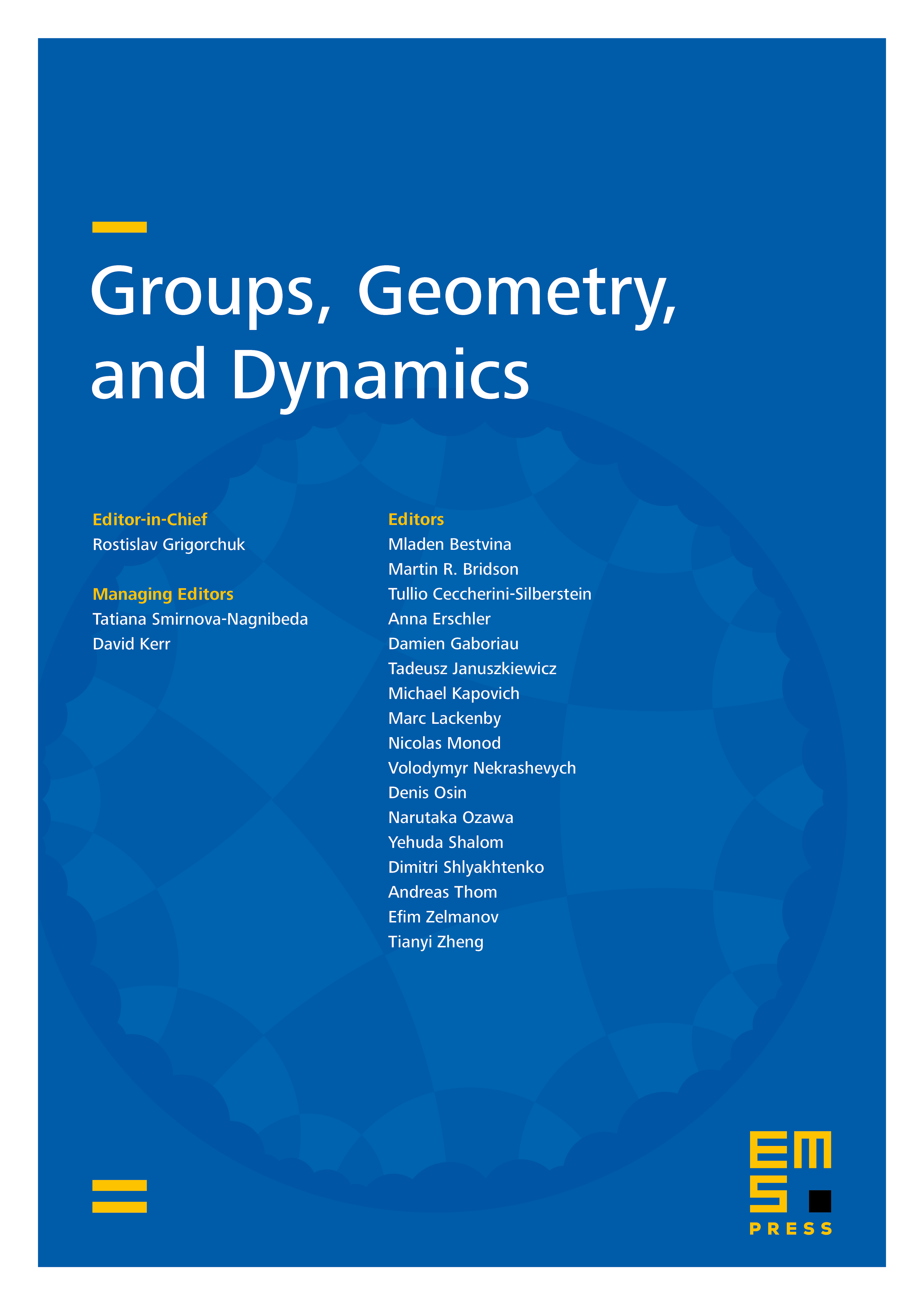Decomposition of a symbolic element over a countable amenable group into blocks approximating ergodic measures
Tomasz Downarowicz
Wrocław University of Science and Technology, PolandMateusz Więcek
Wrocław University of Science and Technology, Poland

Abstract
Consider a subshift over a finite alphabet, (or ). With each finite block appearing in we associate the empirical measure ascribing to every block the frequency of occurrences of in . By comparing the values ascribed to blocks we define a metric on the combined space of blocks and probability measures on , whose restriction to the space of measures is compatible with the weak- topology. Next, in this combined metric space we fix an open set containing all ergodic measures, and we say that a block is “ergodic” if . In this paper we prove the following main result: Given , every decomposes as a concatenation of blocks of bounded lengths in such a way that, after ignoring a set of coordinates of upper Banach density smaller than , all blocks in the decomposition are ergodic. We also prove a finitistic version of this theorem (about decomposition of long blocks), and a version about decomposition of into finite blocks of unbounded lengths. The second main result concerns subshifts whose set of ergodic measures is closed. We show that, in this case, no matter how is partitioned into blocks (as long as their lengths are sufficiently large and bounded), excluding a set of upper Banach density smaller than , all blocks in the decomposition are ergodic. The first half of the paper is concluded by examples showing, among other things, that the small set , in both main theorems, cannot be avoided. The second half of the paper is devoted to generalizing the two main results described above to subshifts with the action of a countable amenable group . The role of long blocks is played by blocks whose domains are members of a Følner sequence, while the decomposition of into blocks (of which majority are ergodic) is obtained with the help of a congruent system of tilings.
Cite this article
Tomasz Downarowicz, Mateusz Więcek, Decomposition of a symbolic element over a countable amenable group into blocks approximating ergodic measures. Groups Geom. Dyn. 16 (2022), no. 3, pp. 909–941
DOI 10.4171/GGD/679